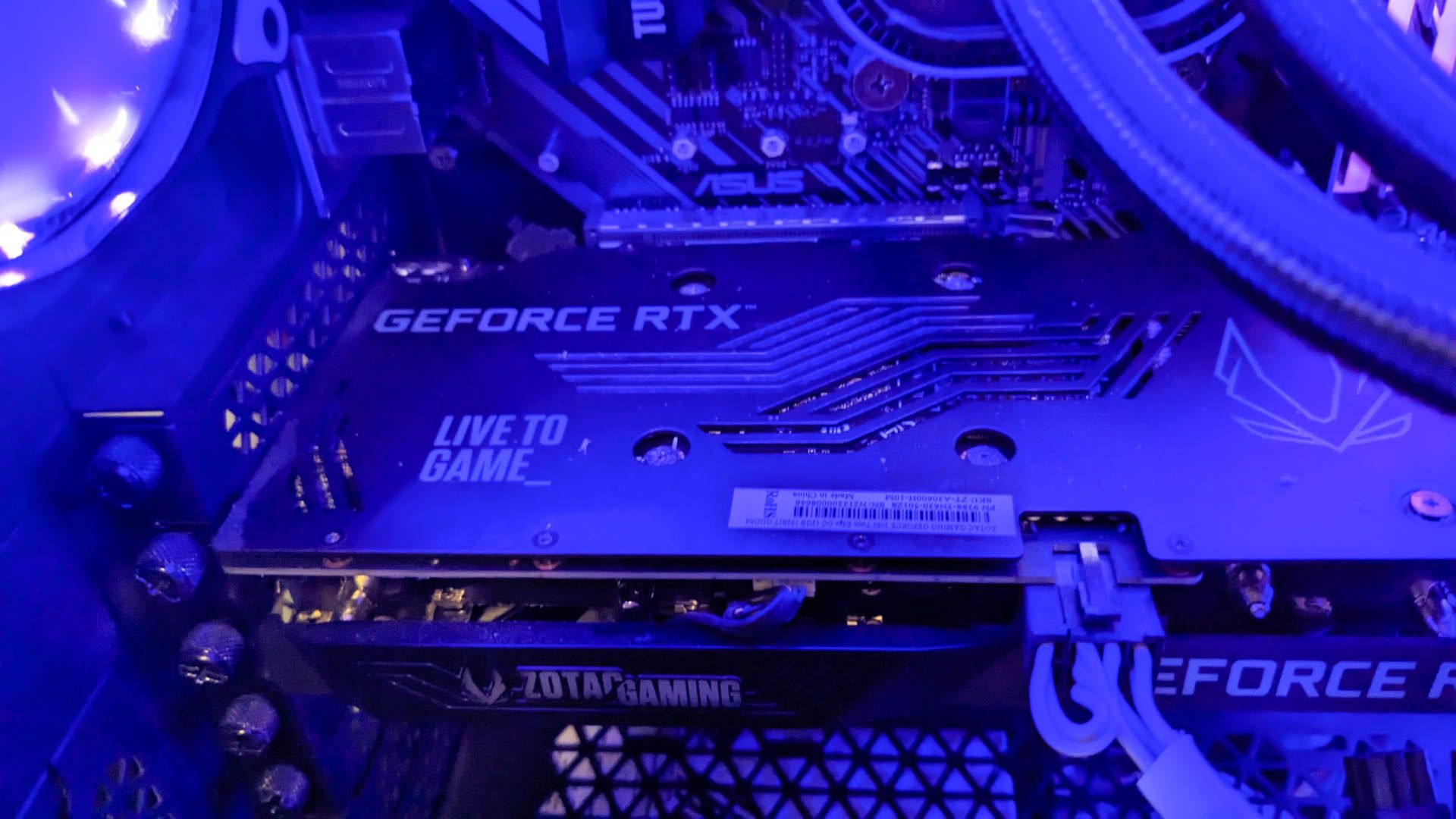
Key Takeaways
- Hardware acceleration is a way to perform tasks faster using specialized hardware like GPUs.
- Hardware acceleration sacrifices flexibility and can become obsolete if the process it’s designed for becomes unprofitable or is no longer used.
- Turn on hardware acceleration when available for significant performance gains, but weigh the pros and cons of stability and quality.
All computer software runs on hardware, so what the heck does it mean for software to use “hardware acceleration” if hardware is doing the job already? It turns out there are ways of doing things with computer hardware that’s faster. Much faster.
What Is Hardware Acceleration?
Hardware acceleration is an approach to computing where specialized hardware is used to perform calculations much faster than general purpose hardware. We’ll explain what this means in just a minute, but the broad strokes are that some common tasks are much faster if you use specialized hardware to pull it off. A good example of this is a GPU. Another historical name for a GPU is a “3D accelerator”, although today they do much more than just 3D graphics, of course.
The CPU in your PC can do all the same math your GPU can, it’s just that a GPU can do it faster—fast enough to make complex real-time 3D graphics possible. Other examples of hardware acceleration in typical computers and mobile devices are video encoding and decoding. Most modern computers and phones have specialized chips inside them that process video rapidly, and while using much less power than a full CPU, engaged in the same task.
Large processors like CPUs and GPUs have dedicated sections within their own structures that are geared towards special jobs. An NVIDIA RTX graphics card, for example, has special areas of the GPU that are designed to accelerate ray tracing or AI-related tasks.
Why Is Hardware Acceleration Faster?
Hardware acceleration is all about specialization. Your CPU is a jack of all trades, but a master of none. It needs the components in its design to perform any calculation that can be expressed in binary code, but that’s inherently inefficient. As a simple example, if you had to build a machine that could add, subtract, multiply, and divide numbers, it’s unlikely to be as fast as a machine built with the sole purpose of adding numbers together. With such a laser-focus on a narrow set of problems, you can be faster and more efficient.
What Are the Downsides of Hardware Acceleration?
Hardware acceleration comes with a few trade-offs. The biggest one is loss of flexibility. When you have hardware that’s built to do one thing, or a small set of related things, you give up the ability to do other things. This is why we’ll always need a CPU in one form or another, no matter how many specialized coprocessors you have.
Another significant downside of hardware acceleration is that you’re locked into a particular process. For example, cryptocurrency miners often use ASICs (Application-Specific Integrated Circuits) that are fast and efficient at mining a specific blockchain. However, they can’t mine on other blockchains that uses different “math” so if that form of crypto becomes unprofitable, the hardware becomes useless. Your phone can accelerate video decoding of specific video codecs, but won’t be able to do so for newer codecs. You’ll need a new phone for that!
Similarly, the game Alan Wake 2 makes use of a graphical hardware component known as mesh shaders. If you don’t have a graphics card with accelerated hardware support for the mesh shader feature, the GPU has to fall back on doing the calculations using more general-purpose hardware, leading to massive performance issues.
For those who design microprocessors, there’s also an important question regarding specialized hardware and limited real-estate inside a chip. For example, that ray-tracing acceleration hardware in NVIDIA RTC graphics cards could have been general-purpose GPU processors. This means you’re giving up non-ray tracing performance in favor of that feature running much faster.
When to Turn On Hardware Acceleration
The short answer is that you should turn on hardware acceleration wherever it’s available. In most cases the effect on performance versus using general-purpose processing is profound. For example, hardware accelerated video exports can have a real financial impact for content creators, because time is money.
However, hardware acceleration isn’t always the best solution:
- Sometimes hardware acceleration is the reason for instability in applications. For example, it’s common for hardware-accelerated features of web browsers to cause issues. This is why turning off hardware acceleration for browsers is a common initial troubleshooting step.
- Hardware acceleration can sometimes be faster, but produce lower-quality results. So, if precision is a priority, you might want to do things the slow way.
If you have no quality or stability issues, however, then go ahead and flip that turbo switch on!






